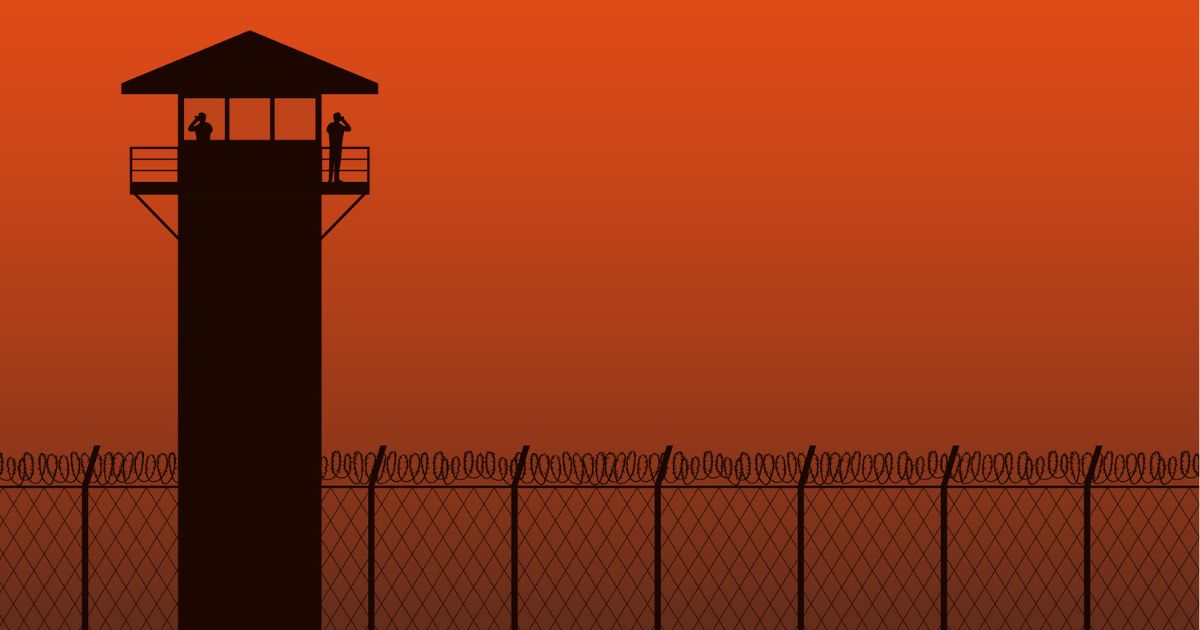Exploring the Concept of Unconventional Detention Facilities
The idea of creating unique and unconventional detention facilities has sparked a mix of curiosity and concern. While the Department of Homeland Security (DHS) has not officially announced plans for such facilities, there have been discussions about potential locations across the United States. These proposals aim to address issues related to overcrowding in existing detention centers, particularly in light of increased immigration enforcement under recent administrations.
Potential Locations and Themes
Several states have been mentioned as possible candidates for these new facilities, though no official details have been released. The concept is based on the “Alligator Alcatraz” model, which was recently established in the Florida Everglades. This facility is designed to be both a deterrent and a place of confinement, using the natural environment to enhance security.
Arkansas: Rattlesnake Rikers
Arkansas could become home to a facility called “Rattlesnake Rikers.” This name draws inspiration from Rikers Island in New York City, known for its challenging conditions. The Ozark Mountains would provide an ideal setting, with native western diamondback and timber rattlesnakes adding to the sense of danger and isolation.
Alabama: Cottonmouth Calipatria
In Alabama, the proposed “Cottonmouth Calipatria” would be situated in the Mobile-Tensaw River Delta. This area is home to cottonmouths, also known as water moccasins, which are native to the region. The name references Calipatria, a prison in California known for its isolation units. This facility would likely be a challenging environment for any detainee.
Utah: Coyote Cañon
Southern Utah might host “Coyote Cañon,” a facility that would leverage the presence of native coyotes and the extreme heat of the area. The rugged terrain and the proximity to the Colorado State Penitentiary in Cañon City would serve as additional deterrents for anyone attempting to escape.
Alaska: Grizzly Guthrie
Alaska’s “Grizzly Guthrie” would be located near Denali, where the extreme cold and the presence of fierce grizzly bears would make escape nearly impossible. The name is inspired by Guthrie’s historic Oklahoma prison, known for its strict conditions.
Idaho: Cougar Cummins
Idaho could see the establishment of “Cougar Cummins” in the Sawtooth Range. This facility would utilize the presence of native mountain lions, or cougars, and the cold temperatures to create a formidable environment. The name takes inspiration from the Cummins Unit in Arkansas, known for its challenging conditions.
Addressing Overcrowding
These proposals come in response to overcrowding in existing detention centers, which has been exacerbated by the influx of illegal immigrants. Under the Biden administration, there was a significant increase in the number of individuals being detained, leading to a need for more space. The current administration, led by President Donald Trump, has taken steps to address this issue through the DHS and Immigration and Customs Enforcement.
Incentives for Self-Deportation
For those who may not want to face the challenges of these unconventional facilities, the DHS has offered an incentive. Individuals can take advantage of a $1,000 offer to self-deport, providing an alternative to remaining in detention. This initiative aims to reduce the number of people in custody while encouraging voluntary departure.
While the concept of these facilities is still in the discussion phase, it highlights the ongoing efforts to manage immigration and border security. The use of unique and challenging environments as part of detention strategies reflects a broader approach to addressing the complexities of immigration enforcement. As these ideas continue to evolve, they will undoubtedly spark further debate and discussion about the future of detention facilities in the United States.







